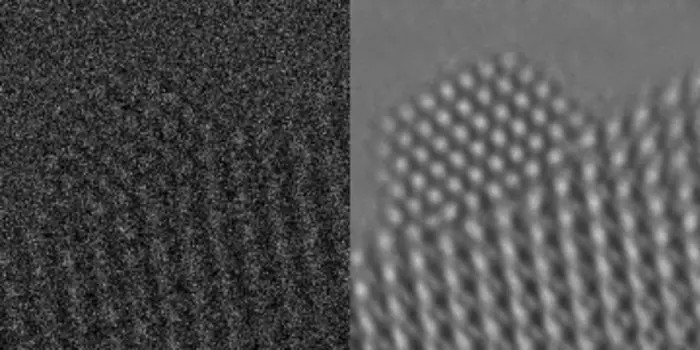In his recent speech to the U.S. Congress (New York Times transcript, unpaywalled copy), U.S. President Donald Trump said: “we are going to lead humanity into space and plant the American flag on the planet Mars.” Trump said similar words in his inauguration speech in January.
Trump’s new statement has sparked different reactions.
Elon Musk wants humans on Mars soon, so Trump’s words thrilled him. Posts on X showed his fans jumping with joy. They called it a historic moment for America. Many see Musk’s Starship rocket as the key to making this happen.
Space fans got excited too. They dream of astronauts exploring Mars and planting that flag. Some said it’s about time America aimed high again. Others pointed out NASA’s been working on Mars ideas for years. They hope Trump’s push speeds things up.
But not everyone clapped. Scientists and experts raised eyebrows. They said getting to Mars is super hard. It takes tons of money, fancy tech, and years of planning. Some asked where the cash would come from. Others worried about skipping the Moon, which NASA sees as a key practice step.
Specific launch windows
“NASA’s current moon to Mars exploration approach calls for using missions on and around the moon under the Artemis campaign to prepare for future human missions to Mars,” said a NASA spokesperson as reported by ABC News. “We’re looking forward to hearing more about the Trump administration’s plans for our agency and expanding exploration for the benefit of all, including sending American astronauts on the first human mission to the Red Planet.”
NASA’s Scott Hubbard noted that there are specific windows for when to launch a Mars mission. “Even with the most powerful rockets we have, there is a window of 20 days every 26 months,” he told ABC News.
“And it’s going to take not just technological advancement but political will,” Hubbard concluded. “It’s going to take people to see that this is part of what we do as human beings.”
Let us know your thoughts! Sign up for a Mindplex account now, join our Telegram, or follow us on Twitter.


.png)

.png)


.png)











